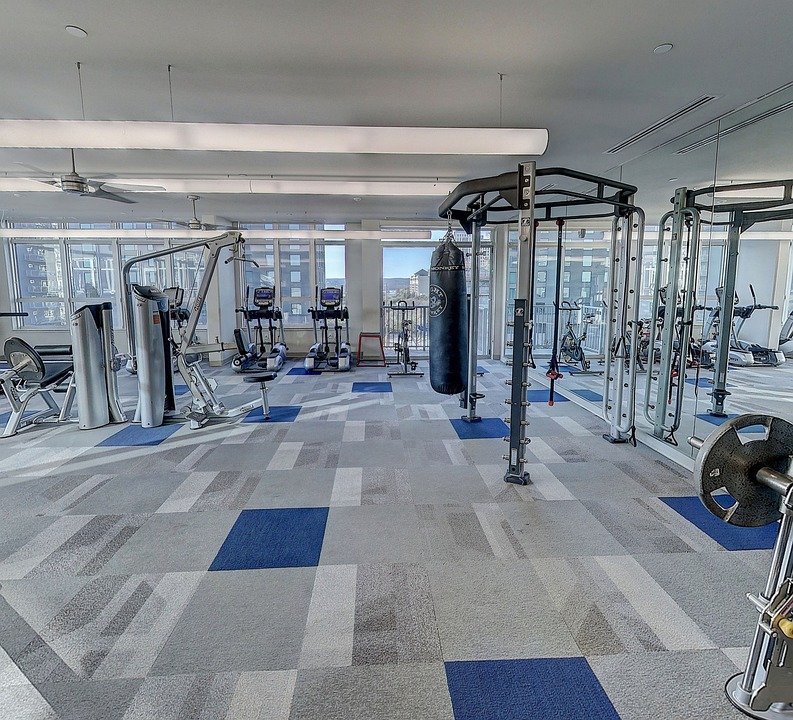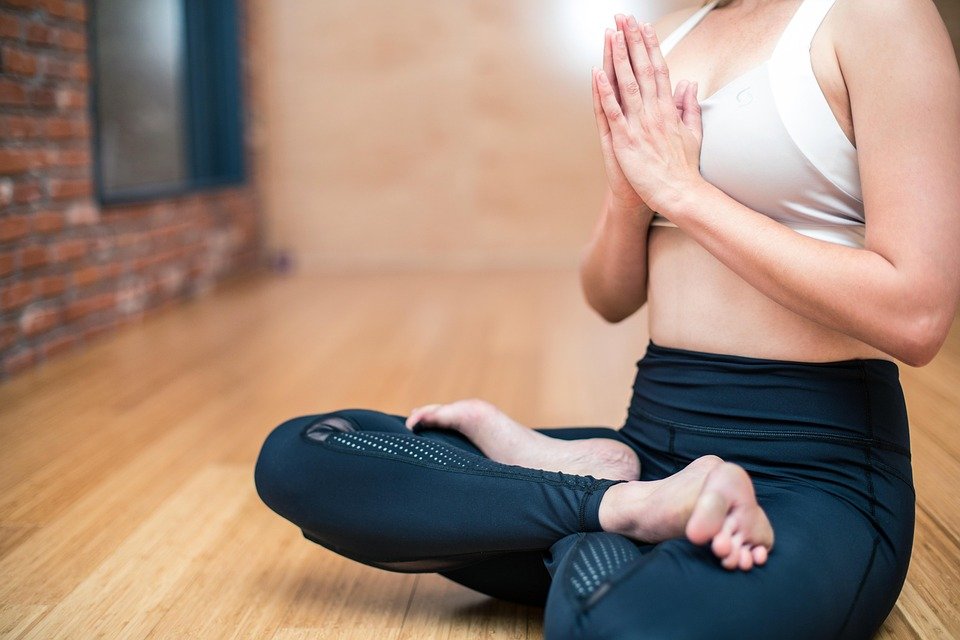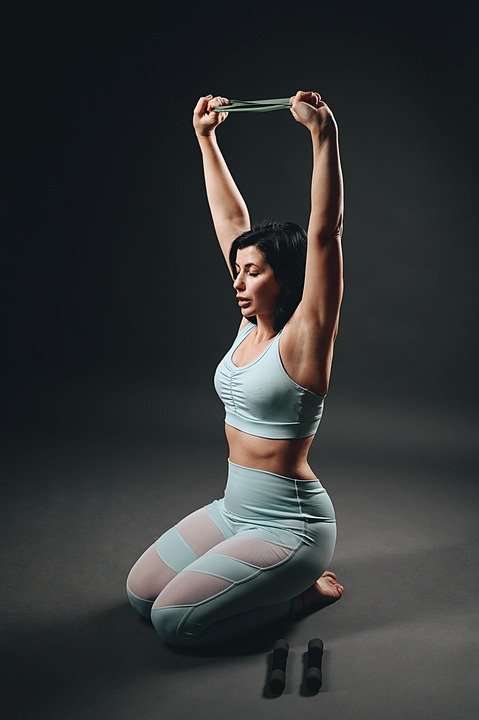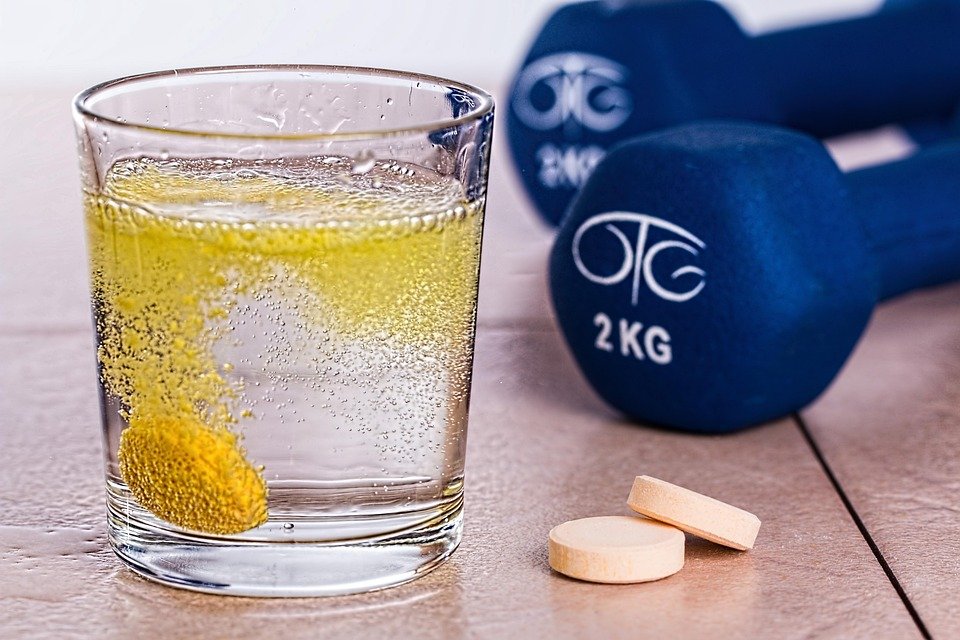One of the most popular excuses that people give for not devoting time to fitness is that they don’t have the time to devote. That may draw sympathy from some people, but Sean Hannity is not one of them.
Hannity, who hosts both a radio and television show five days a week, is one of the busiest media personalities in the business today. Yet, he commits to training and working out at an MMA dojo regularly, and he feels it plays a big role in him thriving professionally and personally.
“For the last 12 years, I have been doing it four days a week. Every day, I do a minimum of 150 sit-ups and 150 pushups.”
Work Ethic Is In His Genes
Even back when he was a kid growing up in Franklin Square with his parents and three sisters, Hannity was always grinding and working hard to earn money and achieve newer and higher levels of success. So, working hard was never the issue for him.
Hannity’s drive and work ethic was developed throughout his childhood and well into his early years behind the microphone, but a part of the credit can also go to his family. His father lost his mother at a young age and was shuffled to different family members while his dad worked to provide.
A child of the Depression, Hannity’s dad grew up working multiple paper routes and other jobs to help contribute. Like most men of the Greatest Generation did at that time, he joined the military during World War II and was stationed in the Pacific. Hannity’s father never spoke much about his military experience.
“It was just something he was never going to talk about,” Hannity recalled. He does have his father’s Navy knife, which he treasures to this day.
His father went on to work as a family court probation officer and waited tables on the weekends. His mother was a prison guard at the Nassau County Jail and often worked double shifts. Both worked in careers that served the public and committed many hours to provide for their four children.
“They both worked really, really hard.”
That work ethic and ability to carry on was passed down to young Sean, who developed an entrepreneurial mindset at an early age. Hannity said it also made him fiercely independent. He started his own paper route at 8 years old, which afforded him a way to go to the local deli or pizza place to buy something to eat when he wanted.
“Not the best diet in those days,” he joked. When he wasn’t working, he was staying active playing whatever sports he had a chance to play and riding his bicycle. The two he was best at was baseball and hockey.
“Ice hockey, street hockey, roller hockey, we played them all.”

Sean Hannity’s Rise To Stardom
As Hannity grew up, he found other jobs and kept working to support himself. He recalled working at a restaurant as a dishwasher as a teenager and randomly being assigned to go behind the grill after a cook quit. Despite having no experience, his manager taught him how to prepare all the meals within a week.
“I learned how to cook a lot of great food such as fettucine alfredo, shrimp scampi, steaks. I loved it and still love cooking to this day.”
Once Hannity grew up, he moved to Rhode Island and began painting houses. That was until he fell off a roof in winter and broke his arm. A friend got him another job while he was trying to rehab his arm because he had no insurance. Eventually, he did recover and moved to California.
From there, he found his way behind a microphone and started laying the foundation for a career in radio. That foundation began at UC Santa Barbara in 1989. His career would take to other places like Huntsville, AL, and eventually Atlanta, GA.
“From that point on, my life was over. There was nothing else I wanted to do.”
He was also getting opportunities to contribute to television shows on networks like CNN and CNBC. Hannity developed a relationship with Newt Gingrich, who went on to become Speaker of the House. Hannity managed to secure a one-hour interview with Gingrich and pitched it to Roger Ailes. Ailes was impressed with Hannity’s work and offered a chance to come work at FOX in October 1996.
“That was it. I started working for FOX when they started and have been there since.”
A Commitment to Being Active
Hannity’s radio show is syndicated to over 760 stations in America, and his show on FOX News Channel is still one of the pillars of the network. Even though he has been experiencing great success in his career, his health may have been suffering from it. It hit home for him when he was at a doctor appointment and was told point blank that he had to start working out.
“I told him I didn’t have time to work out. He said, ‘I don’t care. Make time. Get up out of bed every day and work out.’”
Hannity’s doctor invited him to try mixed martial arts training at the dojo he went to, and he was immediately hooked. Since then, he has also added lifting to his regimen, and he does boxing training and biking multiple times a week as well.
“I found functional training to be very beneficial,” he stated, which includes situational street fighting, including working with sticks, blades, and firearms. He does not call himself a martial artist, but he does feel the training has benefited him.
“It includes a variety of multiple arts, and it is eclectic in that way. It helps me stay interested.”
His diet is also a far cry from the sandwiches and pizza he had in his younger years as well. Hannity now follows a more keto-friendly diet.
“I mostly eat meat, fish, and eggs, but not too much fish. I still like to cook my own food too.”
Hannity’s doctor’s mandate to make the time turned out to be a gift to him, and he feels that his personal commitment to himself makes him better prepared for his commitments to his media partners, viewers, and listeners. He has dived deeper into wellness by interviewing experts on his podcast such as Jillian Michaels, Tony Robbins, and others. The more he hears, the more intrigued he gets.
“I get more energy when I work out than when I don’t. I do it four days a week but will likely go up to five now.”
If someone as busy as Hannity is has found a way to incorporate fitness and wellness into his life on a regular basis, then obviously lack of time is not an excuse he buys, and he hopes to serve as an example that everyone can find a way to make the important commitment to bettering themselves.
“Stop making the excuses. You just have to make yourself do it, and you will feel a sense of accomplishment that I can’t even describe.”
For more on Hannity, go to his website. Hannity airs weekdays on Fox News Channel at 9 PM Eastern time.
M&F Military Editor Rob Wilkins contributed to this article.
This post is brought to you by: Source link
Sean Hannity’s Focus on Fitness Has Become a Top Priority, 2025-08-08 10:29:00

















